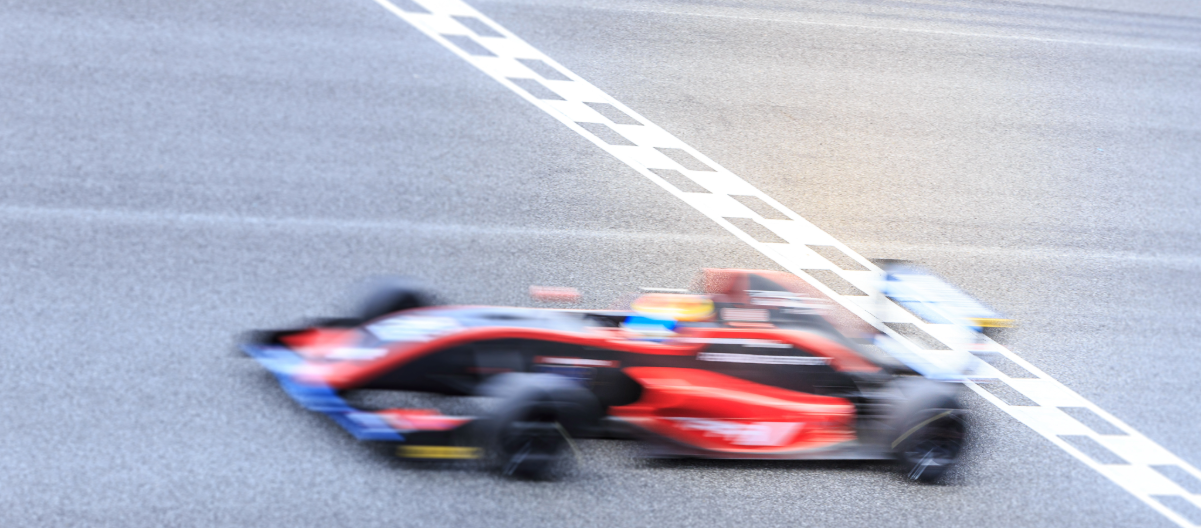In Formula 1 folklore the loudest engines and fattest horsepower figures often dominate the headlines, but the trophies usually go home with the teams that play a subtler game. Look back at Mauro Forghieri’s Ferraris of the 1970s: he would happily give up a little horsepower if it meant shaving weight from the crankcase or dropping the centre of gravity a centimetre. The result was a car that danced through corners while heavier rivals slid wide. Fast-forward a couple of decades and Adrian Newey was doing something similar. He’d squeeze radiators tighter than anyone thought wise, or shrink an air-box to reclaim space for cleaner airflow, because he understood that lap time isn’t the sum of isolated maximums; it’s the product of everything working together.
Capturing the whole picture in a model
That habit of seeing the whole picture—what we now badge systems thinking—has only grown more important as a Grand Prix car has morphed into a rolling electronics lab. A modern chassis must juggle a turbo-hybrid power unit, twin energy-recovery systems, brake-by-wire, endlessly sculpted under-floors, carbon-composite suspensions, active steering maps, sustainable fuels… and do it all for 23 race weekends under a cost cap. No single brain, however brilliant, can visualise every ripple effect of a mid-season tweak.
Enter Model-Based Systems Engineering, or MBSE. If systems thinking is the philosophy, MBSE is the practical toolkit. Instead of scattered CAD files, spreadsheets and e-mails, an MBSE platform such as GENESYS gives the team one living, digital representation of the entire car and it’s overall performance envelope. Engineers start by writing the real targets—not “make more downforce”, but “hit a 1:17.5 lap at Monza without breaching the fuel-flow limit or cooking the rear tyres after six laps”. Those goals become traceable requirements inside the model, permanently linked to the FIA rule paragraphs they must satisfy.
How MBSE helps reconcile conflicting objectives
From there the car is described functionally: generate downforce, harvest braking energy, stabilise tyre temperatures, and so on. Each function is allocated to hardware—front wing, MGU-K, battery pack, suspension members—so the tool can instantly spot clashes. If the aero group widens a cooling intake to help battery temps, the software flags the extra drag that could nudge fuel consumption over the limit. Because the thermal model, the aerodynamic coefficients and the energy-deployment strategy all live in the same digital home, the knock-on effects appear on screen long before any carbon fibre is cut.
A typical day might look like this: An engine-systems engineer wonders whether adding a handful of battery cells could deliver a stronger quali mode. She tweaks the battery capacity in the model. Within seconds the software recalculates weight distribution, updates cooling demands, pushes those numbers into the CFD-derived drag map and finally spits out a new lap-time prediction. Green lights everywhere? Great—call the composites shop. A red light on rear-tyre thermal load? The tyre group jumps in and suggests a different camber setting. The whole conversation happens inside the shared model, not across ten email threads.
What makes this powerful is the feedback loop. After Friday practice the track-side crew uploads telemetry; the simulation team back at the factory pours wind-tunnel deltas into the same repository. The “as-designed” car gradually morphs into the “as-raced” car, and next week’s development ideas start from reality, not assumption. When the FIA tweaks an energy-deployment rule mid-season, the crew can trace exactly which requirements, functions and parts need attention and update them before the freight leaves for the next Grand Prix.
A digital extension of the Technical Director’s Brain
Strip away the acronyms and you realise MBSE is simply a digital extension of what Forghieri and Newey were doing with slide rules and gut instinct: making every subsystem serve the bigger goal. The difference is scale and speed. The hybrid era piles on so much complexity that intuition alone can’t keep up; the model keeps the orchestra in tune.
So the next time a car wins a race because it sips fuel just lightly enough to attack in the closing laps, or because a seemingly modest brake-duct tweak unlocked tyre life, remember that the victory was probably born in a model where weight, aero, power and heat were bartered until the stopwatch smiled. Systems thinking still wins—MBSE just lets modern teams practise it at 350 km/h.





